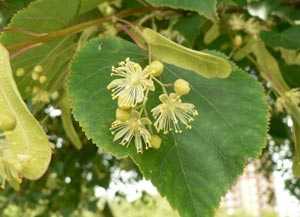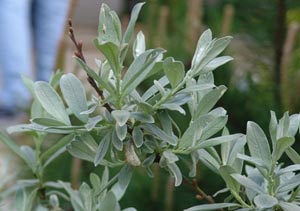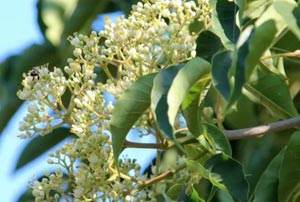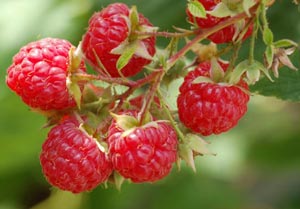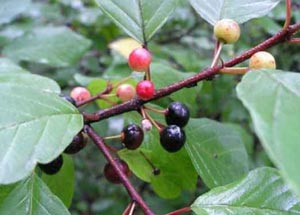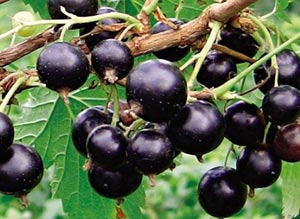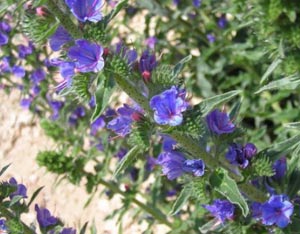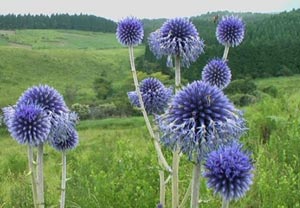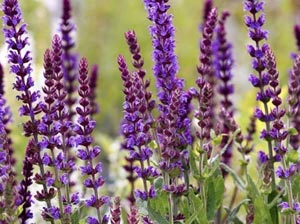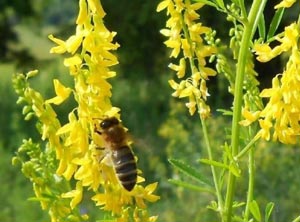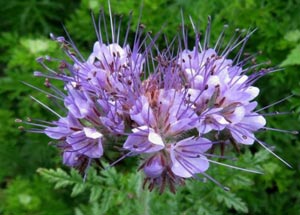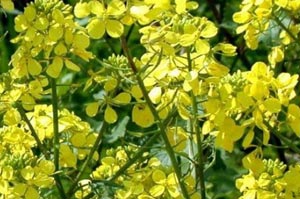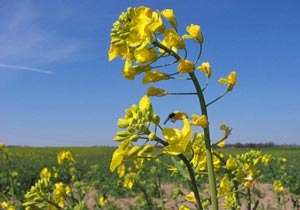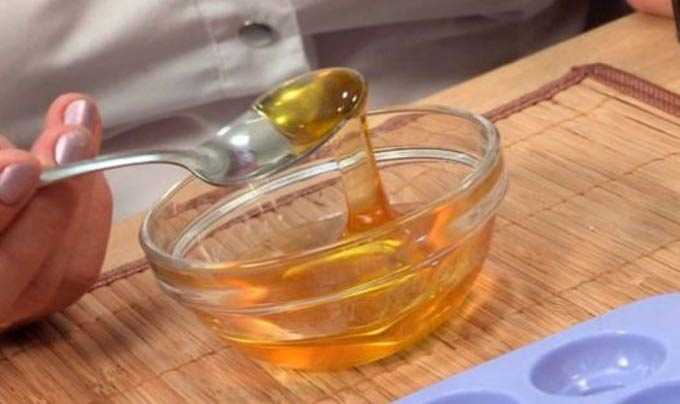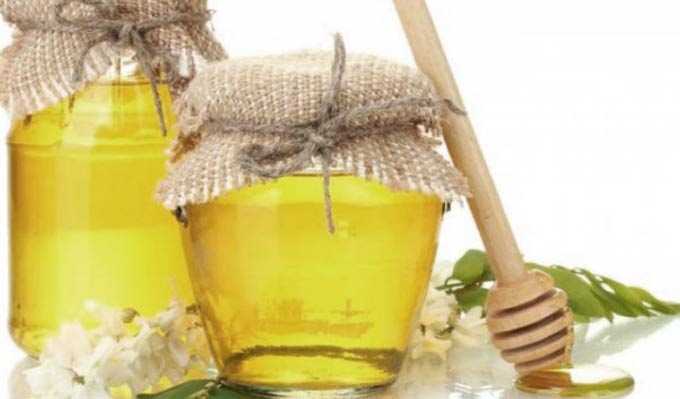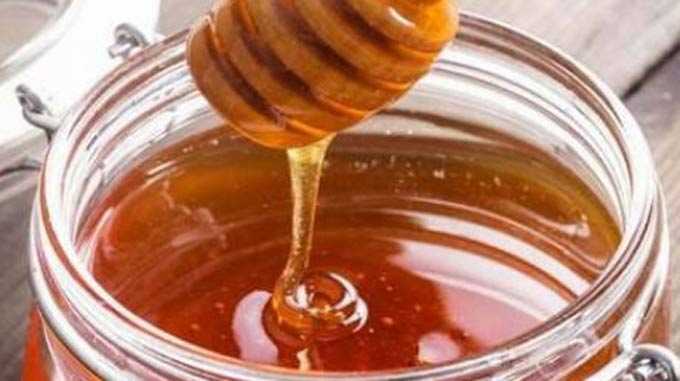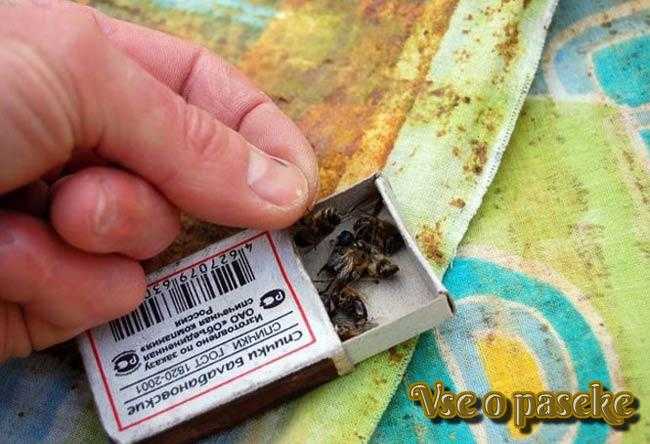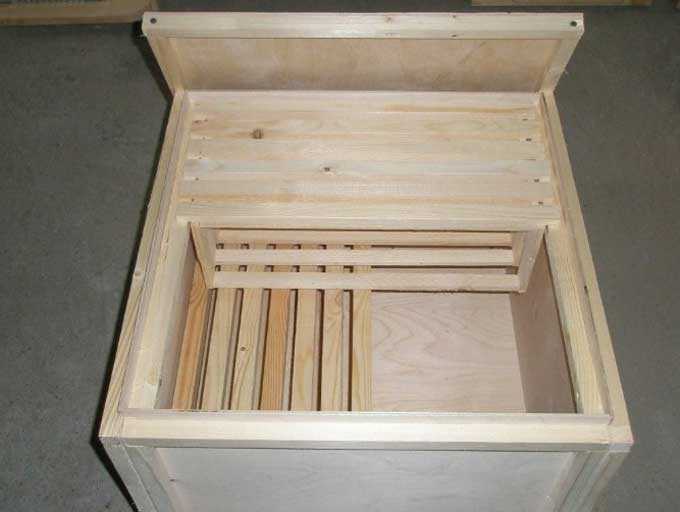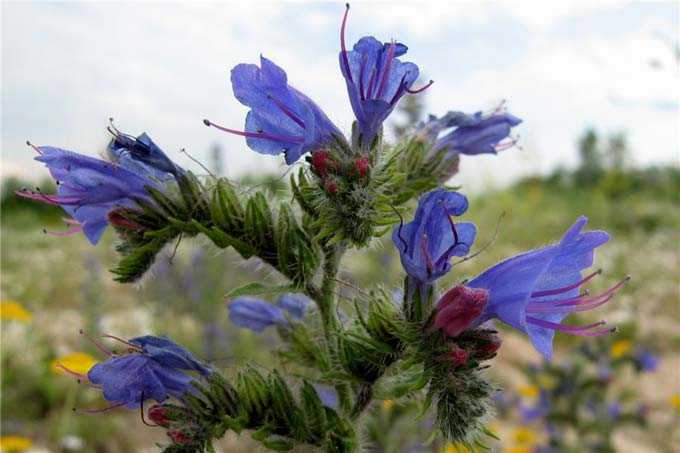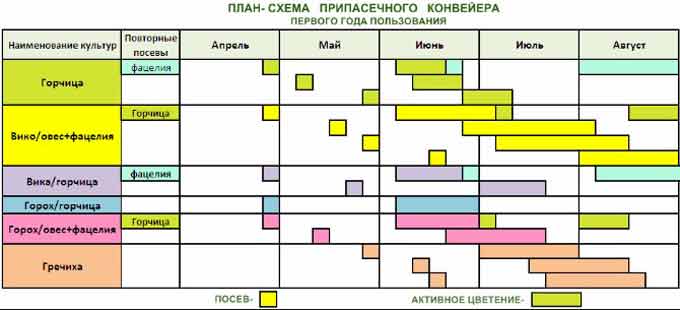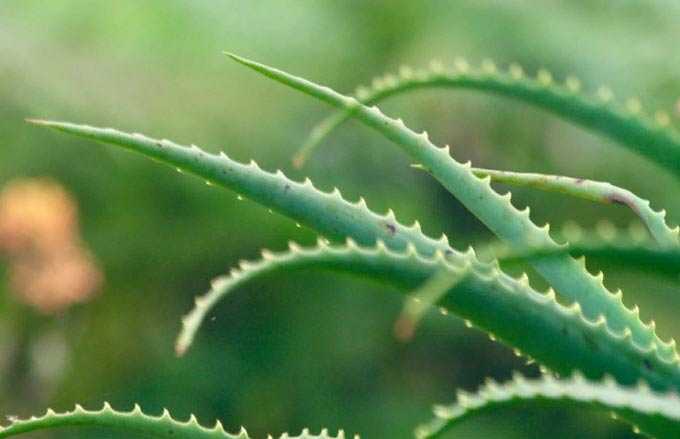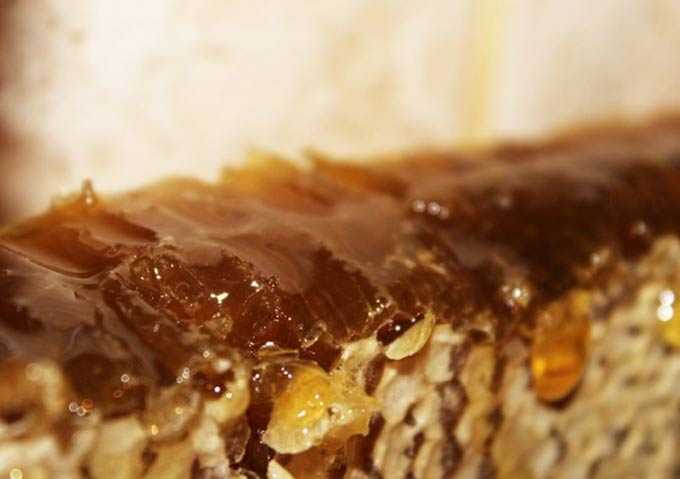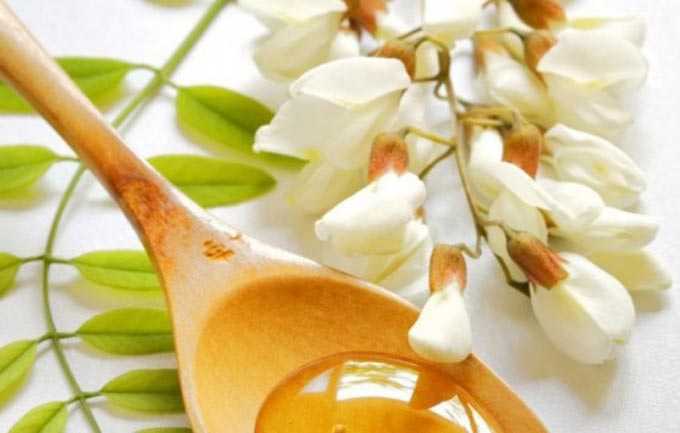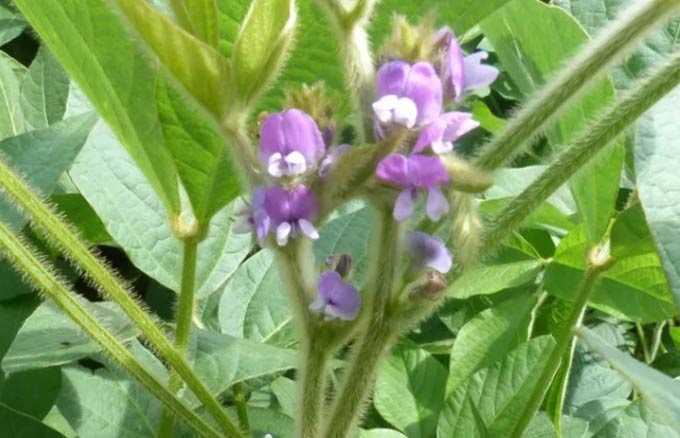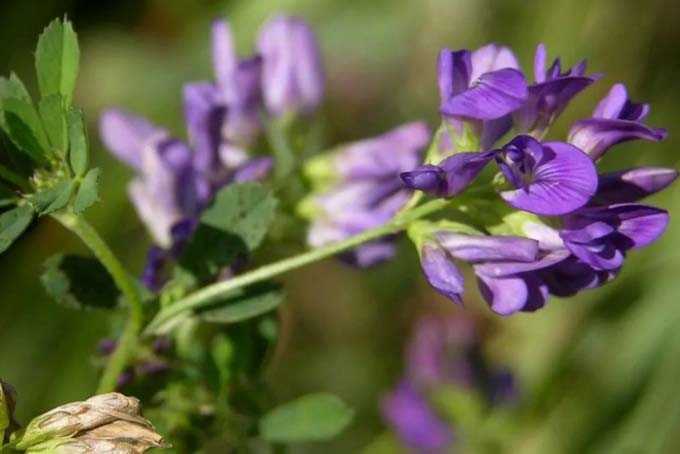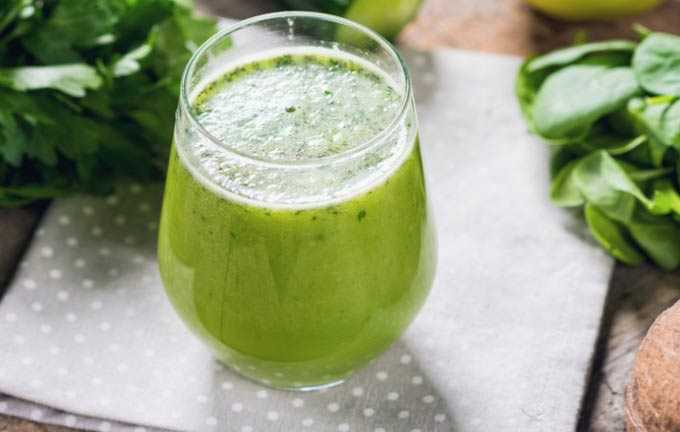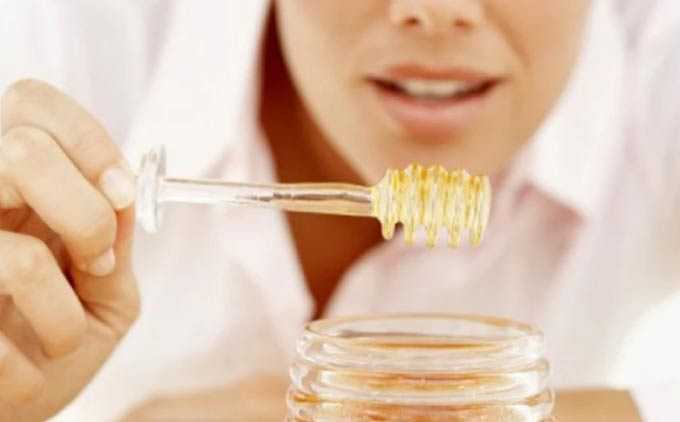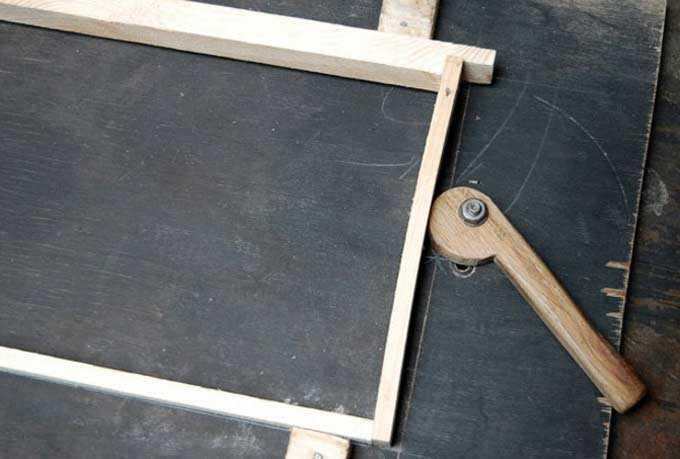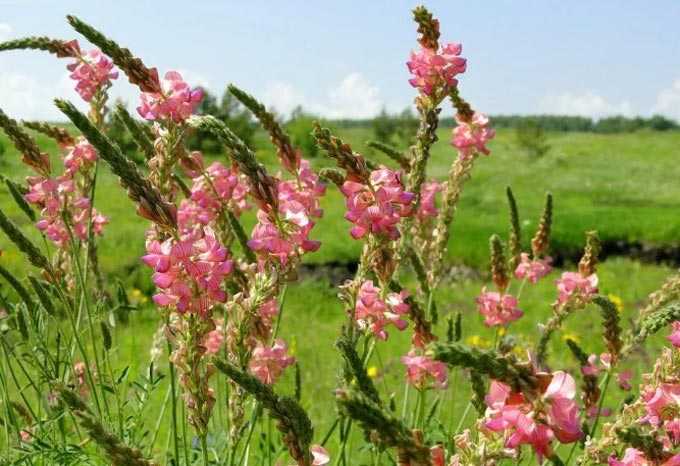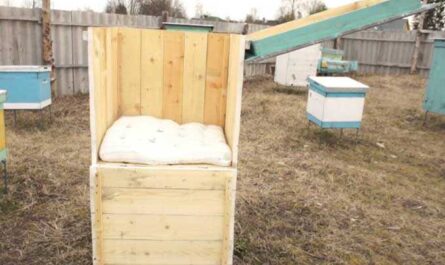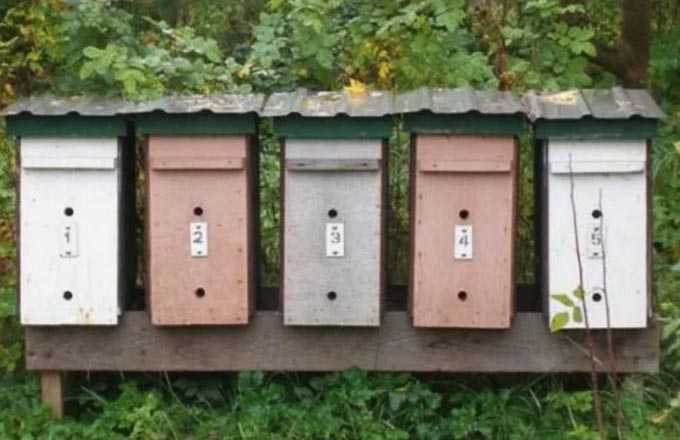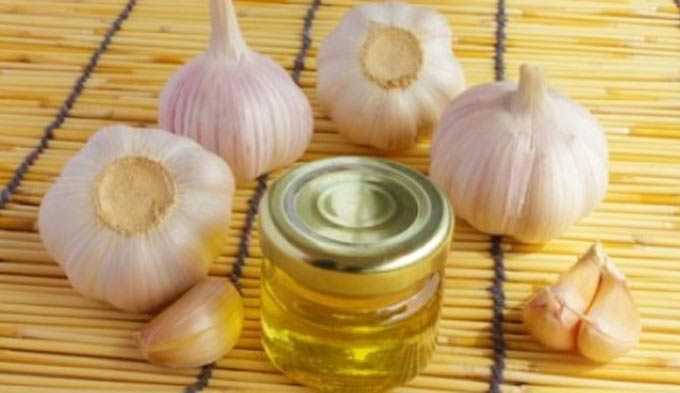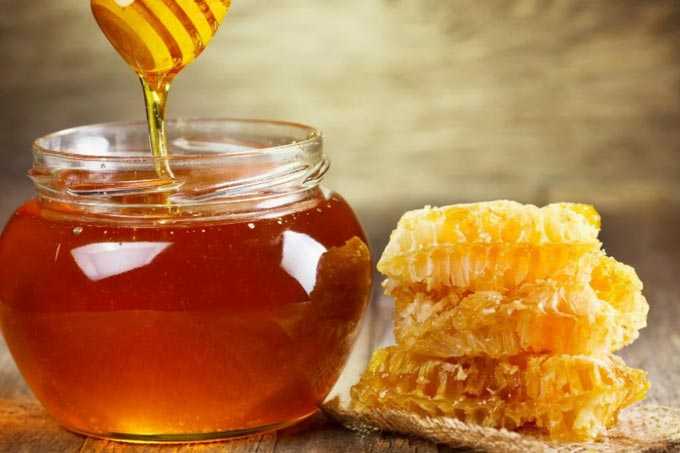First of all, I would like to draw your attention to an important fact – the best honey plants in each region are different. This is due to climatic conditions, timing and duration of flowering plants.
The content of the article
- 1 What should not be forgotten
- 2 Honey trees – TOP-5
- 3 Honey shrubs – TOP-5
- 4 Wild-growing melliferous herbs – TOP-5
- 5 Field melliferous crops – TOP-5
What should not be forgotten
One and the same honey plant can show different nectar productivity depending on the region, and even within the same region.
Sometimes in one area in the north bribes will be weaker than in the south. Or the year will be unsuccessful for beekeepers – with late spring, rains, cold summer. In this case, the record holders of the plant world in honey collection will show a very mediocre flowering.
Partially, you can play it safe against failure due to the correct organization of the near-site area, where several varieties of melliferous plants should grow. Also, nomadism helps a lot if it is practiced by a beekeeper.
Honey trees – TOP-5
The honey queen among the trees is rightfully considered Linden… The greatest value for apiaries is represented by several of its varieties: Amur, Manchurian, felt, large-leaved, small-leaved, heart-leaved. Their flowering occurs in July (different decades of the month, depending on the species). And the duration of nectar excretion depends entirely on the moisture content of the soil. In unfavorable years – this is only a week, and in favorable years – up to 28-30 days.
Allocation of nectar from 600 to 1 kilograms from each hectare of plantations.
Read: Lindens as honey plants
Acacia takes an honorable second place. She shows herself especially well in the south of Ukraine. Of interest to the beekeeper are both the most common varieties – white and yellow (they are distinguished by the color of the inflorescences), but white acacias show the best nectar productivity. In some areas, they provide good commercial bribes. Robinia (rose-colored variety) is notable for wave-like flowering – during the season its fragrant inflorescences bloom 4-5 times.
The average bribe for a white variety is from 300 to 600 kilograms.
Read: Acacia as a honey plant
In third place are maples, of which six varieties are interesting for bees: sycamore (white), ash-leaved, Tatar (chernoklen), field, holly, riverine (Ginnala). All varieties, except for the riverine, bloom in late spring.
Productivity for honey is from 150 to 200 kilograms.
Read: Maples as honey plants
In fourth place are different types of willowsproviding a good early spring bribe. The extensive willow family includes many varieties of trees and large shrubs. They all need a well-hydrated soil. The most valuable are the following species: Russian, 5-stamen, willow, willow, long-eared, ashy, willow-bredina.
Average bribe rates are from 100 to 150 kilograms.
Read: Willow (willow) as a honey plant
In fifth place I would like to put a little-known tree in our country, which is credited with truly record honey productivity. It is quite difficult to grow it in our conditions, but in China and Korea it feels great. The miracle tree is called Evodia Daniel (known in Europe as the “bee tree”).
During the flowering period, up to 80-90 kilograms of honey are collected from one plant. The delivery of pollen per day is 2-3 kilograms.
It is not known for certain whether such indicators are real in a temperate climate with its spring frosts. However, everyone can conduct an interesting experiment – try to grow Evodia in their own area, and make their own measurements of the control hive.
Read: Evodia daniela as a honey plant
Honey shrubs – TOP-5
In the first place in our ranking is Virginia honeysuckle or snowberry – an ornamental bush, the flowering of which practically does not depend on the weather. Regardless of temperature fluctuations, nectar secretion continues from late July until autumn. This bush can be distinguished by its characteristic white fruits that adorn the plant all winter. It takes root well in the north, in the middle lane and in the southern regions. It can be used as a living fence, including near apiaries, fencing garden paths, strengthening steep slopes in personal plots.
Bribes reach a record 400 kilograms per hectare!
Heather easily takes root in dry areas, sandstones. Grows well in birch and pine forests, forming a dense undergrowth. The common variety is an excellent late summer and autumn honey plant. There are marsh varieties that bloom in late spring and early summer.
Bribes vary by region. In Belarus it is about 150, in Ukraine 200-300 kilograms from each hectare of dense thickets.
Read: Heather as a honey plant
Raspberry, which is also a shrub, shows excellent results in honey collection. Cultivated varieties, including remontant ones, grow well on slopes – there is no need to dig up raspberries here every year. The plant provides a steady summer bribe. The flowers are visited by flight bees even in rainy summers.
Average honey productivity is 150-200 kilograms (in wild varieties). The honey yield from cultivated species will be higher.
Read: Raspberry as a honey plant
Buckthorn – a typical inhabitant of forest meadows, forest edges, clearings and glades. In mixed and deciduous forests (aspen, alder) forms dense thickets. The bush blooms in late May, early June. Sensitive to weather! In unfavorable years, it almost does not emit nectar, but plants that have taken root in elevated areas are devoid of this drawback.
Productivity for nectar in open areas – up to 137, in the undergrowth – up to 80-94 kilograms. The minimum bribe is 15-30 kilograms.
Currant Is a popular garden plant. In the wild, it is found only in wet areas – in meadows, along the banks of water bodies, on the outskirts of swamps, under the cover of alder forests. The fruits can be of different colors, depending on the variety. The leaders in nectar production are the red-fruited and golden varieties. The color of the fruit is red or yellowish, respectively.
Average productivity is from 32-43 to 100 kilograms.
Wild-growing melliferous herbs – TOP-5
Some wild plants take root well in near-spot areas – they are specially sown near the point, providing bees with a guaranteed bribe.
Read: Specially sown honey plants
Ivan tea (cypress) – a typical inhabitant of non-chernozem regions, flourishing wildly in forest clearings. It is valued as the most honey-producing wild-growing herb. There are several types of plants: marsh, mountain, hairy, narrow-leaved. It is believed that the bribe from fireweed is unstable – in unfavorable years, it drops to 20 kilograms per hectare of dense grass.
In good years, the average collection of nectar is from 350 to 500 kilograms.
Read: Varieties of fireweed (willow tea)
Bruise often sown near apiaries. This perennial blooms from the second year of life around mid-July. The grass is unpretentious to the quality of the soil – it grows well on rocky slopes, it is resistant to droughts. It can serve as a decoration for a garden or yard flower beds thanks to its beautiful purple curls of inflorescences.
Nectar productivity – from 350 to 400 kilograms (according to some data, up to 850).
Read: Bruise as a honey plant
Mordovia also applies to perennial herbs. Beekeepers will be interested in two of its varieties: ball-headed and ordinary. Both bloom in mid-summer, attracting flying bees. The plant is distinguished by its characteristic rounded head of blue inflorescences.
Average nectar productivity is from 300 to 340 kilograms per hectare of dense thickets.
Read: Mordovnik as a melliferous plant
In fourth place in our ranking sage – a drought-resistant perennial from the labiate family. Bees work mainly on three of its varieties: meadow, medicinal and whorled (ringed). The last variety is the leader in honey productivity.
Average nectar productivity from 110 (meadow variety) to 250-300 kilograms.
Read: Sage as a honey plant
In the fifth place sweet clover Is a biennial herb that provides an excellent bribe every two years. In total, there are eleven of its varieties on the territory of the former CIS. For apiaries, two are of value: with yellow and white flowers. Both bloom in early July and release nectar before the first frost.
Nectar production depends on the weather. In drought it is lower – 130-200 kg, in favorable seasons – from 130 to 270 (according to some data for Ukraine – up to 500 kg).
Read: Donnik (burkun) as a honey plant
Field melliferous crops – TOP-5
Phacelia – an unpretentious annual, which is extremely rare in the wild. It is a source of a valuable variety of honey, which is in demand in the market as well as lipstick. With this herb, you can create a continuous flow by sowing it in two or three terms, starting in early spring. Duration of flowering on fertile soils can be up to two months.
Average nectar productivity is from 150 to 400 kilograms.
Read: Phacelia as a honey plant
Sainfoin – grass blooming in early summer (from mid-May to the second decade of June). This is an extremely important period for the apiary, since the main melliferous plants of summer have not yet bloomed in nature.
Bribes from 100 to 300-400 kilograms per hectare of fields.
Read: Sainfoin as a honey plant
Mustard sown in the fields as a valuable oilseed herb – drought-resistant, early ripening and undemanding to the soil. Bees visit its different varieties: white, gray (Sarepta), black.
Average productivity is from 100 to 150 kilograms. According to other sources, the minimum nectar excretion rate is noticeably lower – within 30 kg.
Read: Mustard as a honey plant
Rape – agricultural crop largely underestimated by domestic beekeepers and buyers. In Europe, rapeseed honey is valued as a means of removing toxins, heavy metals and radiation from the human body. There are two varieties: winter and spring. Flowering occurs at the beginning or second half of summer (depending on the timing and time of sowing).
Nectar productivity is 90-100 kilograms.
Read: Rape as a honey plant
Buckwheat Is the fifth agricultural crop in our ranking that deserves the attention of beekeepers. This annual provides the collection of the highly valued buckwheat honey in the market.
Nectar productivity is largely determined by the correct agricultural technology and variety, and ranges from 53-100 kilograms.
Read: Buckwheat as a honey plant
The list of “best honey plants for bees” could also include sunflower, which provides a decent amount of commodity bribes in the south of Ukraine. However, the actual indicators of its honey productivity are not impressive – about 30-60 kilograms. Strong colonies produce up to 4 kg of nectar per day.
